Galleries
Transgender Artists Take Control at ‘Bring Your Own Body’ Exhibition
The show features readings, film screenings, and a pop-up salon.
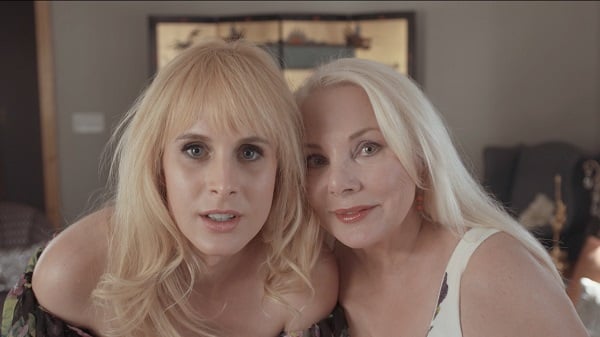
The show features readings, film screenings, and a pop-up salon.

Lauren Palmer

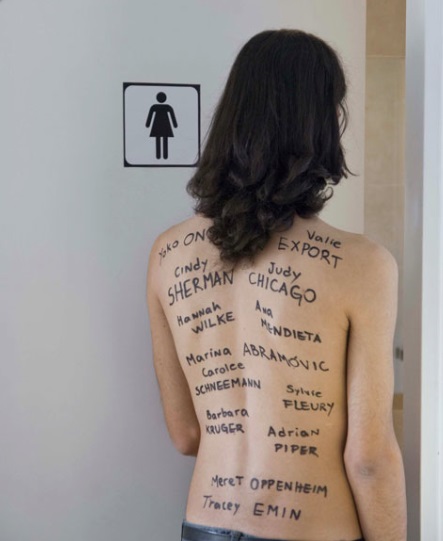
Effy Beth, Una nueva artista necesita usar el baño (A new artist needs to use the bathroom) (2011).
Image: Courtesy of the artist’s estate. Photo by María Laura Voskian.
A strong series of programs accompanies Bring Your Own Body: Transgender Between Archives and Aesthetics, a new exhibition opening today at the 41 Cooper Gallery in New York.
Representations of the transgender experience are communicated across media, with an emphasis on performance and sculpture, or “having the bodies occupy space,” co-curator Stamatina Gregory told artnet News in a phone interview.
During the show, which runs until November 14, a number of performers will be occupying the space at various intervals. For instance, artist niv Acosta will tape a live talk show for his performance DISCOTROPIC | Alien Talk Show on October 22, and queer icon Flawless Sabrina will be in conversation with artist Zackary Drucker and writer Diana Tourjee on October 24. There are also readings, film screenings, and a pop-up salon featuring trans-focused printed matter.
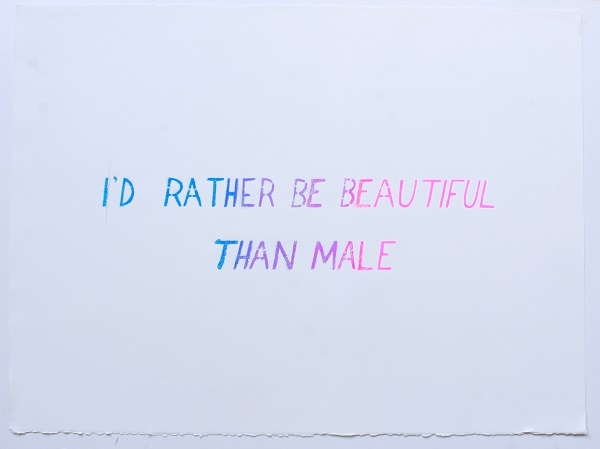
Mark Aguhar, Making Looks (2011).
Image: Courtesy of the artist.
Both Jeanne Vaccaro, a postdoctoral fellow in gender studies at Indiana University and a research fellow at the Kinsey Institute, and Gregory, associate dean of the School of Art at the Cooper Union, have set out to investigate the transgender landscape without being proscriptive. Vaccaro told artnet News that the show seeks to counter “inherited ideas of what diagnostic material [on transgender] is.”
The contemporary artists included either work with archives or are responding to them (e.g. Chris Vargas’s collage work that considers the links between the psychedelia and self-actualization movements in the 1960s and “fuckologist” John Money’s racy research). Others use their own archives as a starting for making work, such as Justin Vivian Bond’s My Model/MySelf (2015), which features the likeness of model Karen Graham, and Flawless Sabrina’s printed ephemera. Zackary Drucker’s contribution, Southern for Pussy (2015), is a collaborative project between Drucker and her mom, and will be screened in the foyer at 41 Cooper. Drucker’s parents recently moved to Los Angeles from Syracuse, and this caused the artist “to face her own archive” of accumulated material.
artnet News reached out to Vaginal Davis, Bond, and Drucker for their thoughts on trans bodies, lives, and aesthetics. See their answers, and more images, below.
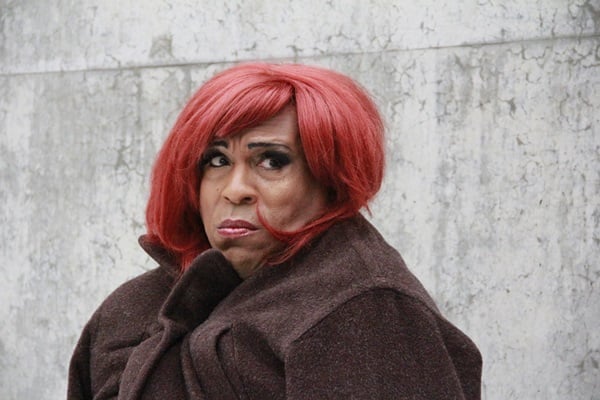
Vaginal Davis.
Image: Courtesy the artist’s website.
How does your work in this exhibition reflect the curatorial framework of “transgender as a set of aesthetics”?
Vaginal Davis: As an artist who is fortunate to have been born intersexed I find myself relying on the olde Borscht Belt/Catskills soft sell approach as opposed to the hard sell in discussing or displaying my work internationally.
Nothing I do is about being dogmatic or reactionary; I prefer to give the viewer a chance to connect the proverbial dots themselves without browbeating or feeling a need to explain things in a myopic linear fashion. That’s why I am content with my place as an outsider in the institutional art world. Heed the cautionary warning: You can´t change institutions from the inside [as] they always wind up changing you.
Do you feel that the ephemeral nature of performance is somehow at odds with the process of archiving?
VD: What makes an archive? They emerge from dealings with relationships and people; they grow out of passion, obsession, idiosyncrasies, but also coincidences. They consist of stories, loose ends, wild associations, and true encounters. Their ingredients are constantly rearranged, as memories are made up or fail, knowledge is passed on, or forgotten and reinvented.
Archives are gossip and gossip is the one true endless archive.
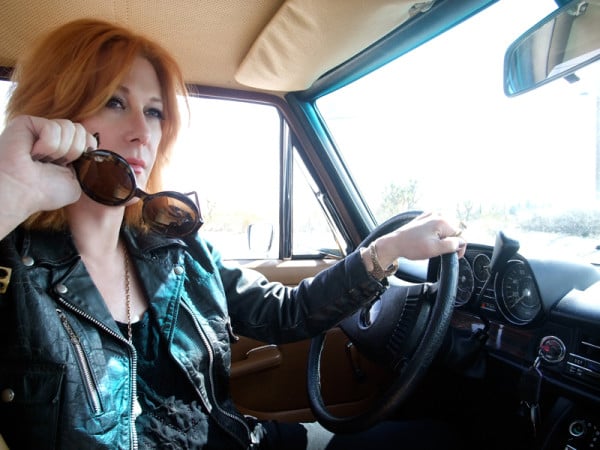
Justin Vivian Bond.
Image: Courtesy the artist’s website. © 2012 A.L. Steiner.
What is the relationship between private and public selves in your work?
Justin Vivian Bond: The work I do with [former model] Karen Graham has a lot do with with illustrating how, as trans people, there is often a disconnect with how we see ourselves and how we’re seen by others. Bridging that divide can be frustrating, exhausting and quite often dangerous.
When I was young I idealized Graham and spent a tremendous amount of time focusing and meditating on her image. The goal was one of escape. I used my obsession with her both as a way of escaping from my situation geographically, physically and emotionally, and of escaping into my “self” where I was able to imagine the possibilities for who or what I could eventually become.
What particularly attracted you to the images?
JVB: I think part of what attracted me to Graham was what I perceived as a kind of self-conscious projection of grace, confidence and femininity. Also, I felt very isolated and mistrustful of the people around me. She, too, was always portrayed as being alone. I had a tremendous desire to be alone but in safe, beautifully designed spaces. My work incorporates elements of design as autobiography but also implies a certain secretiveness—a hidden quality of glamouflage, if you will.
Does the archival process change the narrative(s) within your work?
JVB: My archives contained a huge cache of photos of Graham that I had collected in high school and forgotten about. When I began taking estrogen and being more forthcoming about my journey as a transperson, I found the images and it was as if I had left a special gift for myself. As an adult I no longer desired to be like the [model] I see in the photos.
Creating this body of work has been a celebration which serves as a reminder that I have been able find the strength and courage to accept and love myself in a way I had hoped when, as a trans youth, the collected magazine images of Graham were among the only psychic spaces where I felt I was safely able to dreamvision my “self.”

Zackary Drucker, film stills from Southern for Pussy (2015). Image: Courtesy of the artist.
How does the archive evolve?
Zackary Drucker: When one considers cherry-picking and putting ephemera out into the world, they consider what ephemera is relevant or useful to a larger community or cause and in what context. The story is always changing.
The things that strike a cord, in the moment, change when the moment changes. Looking at the past is only useful when you can apply it in the present; and there’s always something to apply, but nostalgia can be a trap too.
How have digital methods of archiving shaped your process?
ZD: Our bodies and brains are the ultimate archives, though, and even if we cycle in and out of life , humans will probably exist for a long time… The physical archive has been supplanted by digital hoarding, which is so much nicer to your relatives when you die. But most of the time I’m looking around thinking “why are these assholes recording everything?” None of this is so significant that it can’t be forgotten like the vast majority of the rest of human history.
See images from the exhibition below.
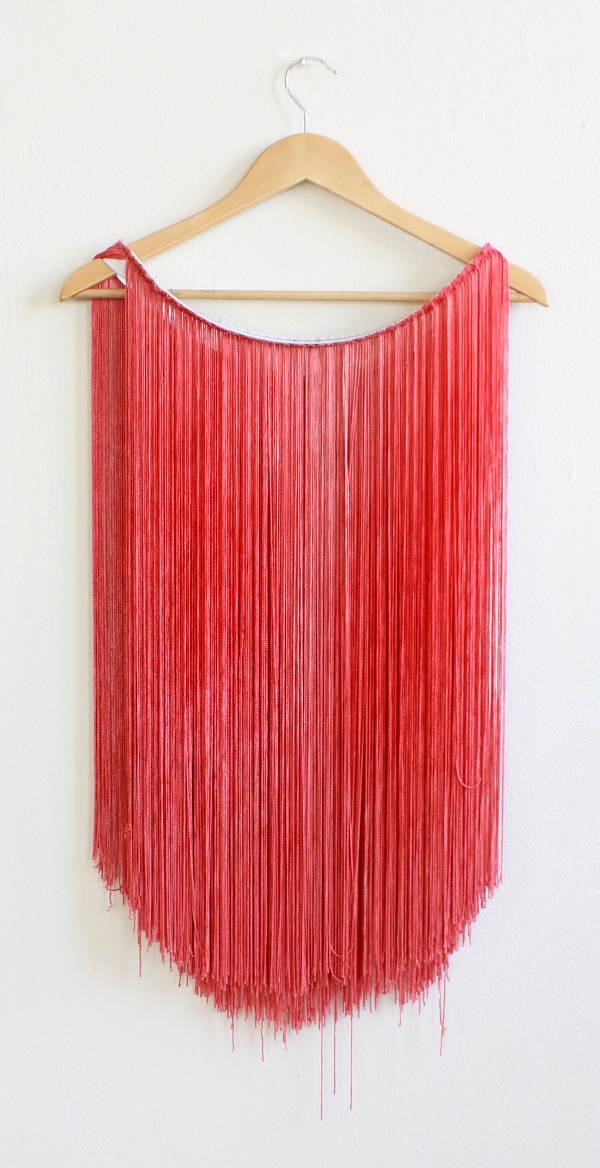
Mark Aguhar, Making Looks (2011).
Image: Courtesy of the artist.
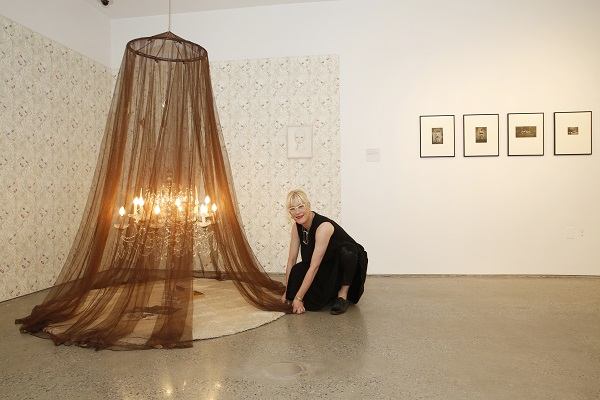
Justin Vivian Bond making final installation touches at Bring Your Own Body. Image: Michael DiVito / Courtesy of The Cooper Union.
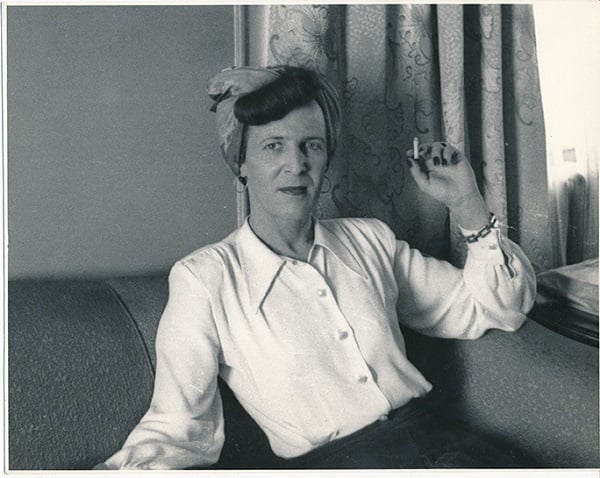
Anonymous photographer, Louise Lawrence with cigarette.
Image: Courtesy of Kinsey Institute, Indiana University.
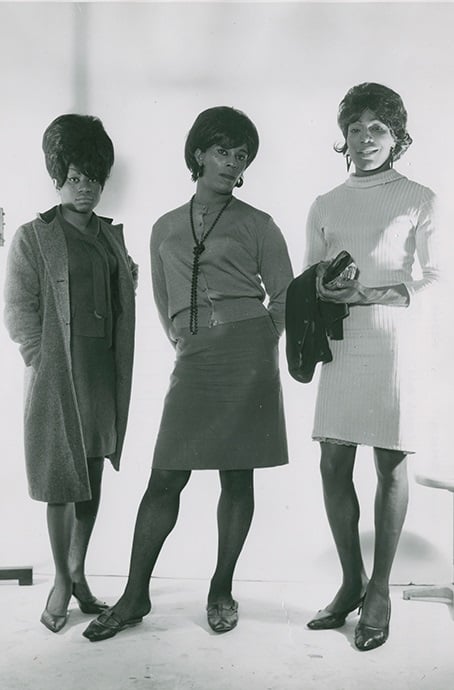
Anonymous photographer, police department, Three standing figures (1966).
Image: Courtesy of Kinsey Institute, Indiana University.
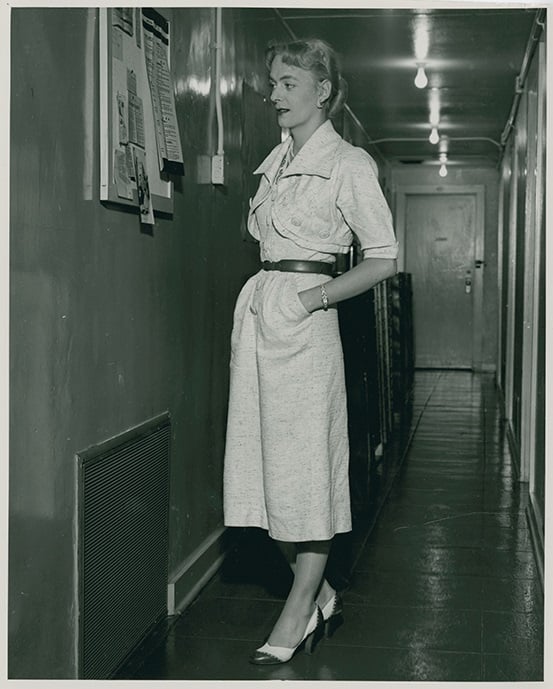
William Dellenback photographer, Christine Jorgensen visiting the Institute for Sex Research, Indiana University, Bloomington, IN (1953).
Image: Courtesy of Kinsey Institute, Indiana University.
Bring Your Own Body: Transgender Between Archives and Aesthetics is on view at 41 Cooper Gallery until November 14, 2015.